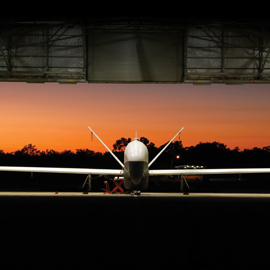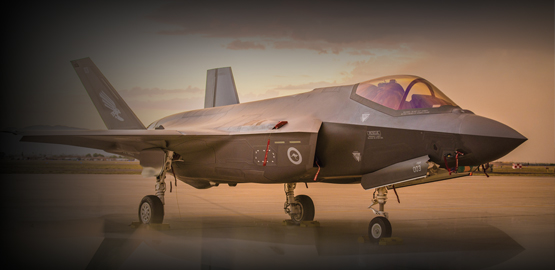Publications
"Nobody does defense policy better than CSBA. Their work on strategic and budgetary topics manages to combine first-rate quality and in-depth research with timeliness and accessibility—which is why so many professionals consider their products indispensable." – Gideon Rose, Editor of Foreign Affairs, 2010-2021
The Role of Surface Forces in Presence, Deterrence, and Warfighting
In this testimony before the House Armed Services Subcommittee on Seapower and Projection Forces, Bryan Clark argues that the Navy needs a new approach to surface warfare in light of new security challenges. Today's security environment is not as benign or stable as it was 15 years ago, when the Navy planned a "network-centric" approach to surface warfare supported by a family of new ships.
Trends in Air-to-Air Combat: Implications for Future Air Superiority
In this study, Dr. John Stillion conducts a historical analysis of air-to-air combat, drawing on a database of over 1,450 air-to-air victories from multiple conflicts from 1965 to the present. Using this data, Stillion assesses how advances in sensor, weapons, and communication technologies have changed air combat and the implications of these trends for future combat aircraft designs and operational concepts.
War Like No Other: Maritime Competition in a Mature Precision-Strike Regime
For over two decades, the U.S. military has enjoyed a near-monopoly in precision-guided munitions and their associated battle networks. Recently, however, the proliferation of these capabilities to other militaries and non-state entities is gathering momentum. How will this emerging precision-strike regime impact the character of maritime warfare? In this backgrounder, Dr. Andrew Krepinevich summarizes and presents findings regarding the likely character of future maritime warfare and options for preserving U.S. freedom of maneuver in the maritime domain.
Maritime Competition in a Mature Precision-Strike Regime
For over two decades, the U.S. military has enjoyed a near-monopoly in precision-guided weaponry and their associated battle networks. Recently, however, the proliferation of these capabilities to other militaries and non-state entities is gathering momentum.
Managing China’s Missile Threat: Future Options to Preserve Forward Defense
In this testimony before the U.S.-China Economic and Security Review Commission, Dr. Evan Montgomery discusses the implications of China's offensive missile force. He argues that in the face of an eroding conventional military advantage in the Western Pacific, the United States faces acute challenges to its forward defense posture.
Growing Nuclear Capabilities in the Middle East and Their Implications for U.S. Security
This testimony delivered before the Senate Armed Forces Subcommittee on Strategic Forces provides an overview of Israeli and Iranian capabilities and doctrines. It assesses prospective characteristics of a nuclear competition between these two countries, as well as those of a prospective “n-player” competition, should Iran’s acquisition of nuclear weapons lead other states in the region to follow suit. The testimony concludes with some thoughts on what this means for the United States, to include the strategic choices we confront.



























